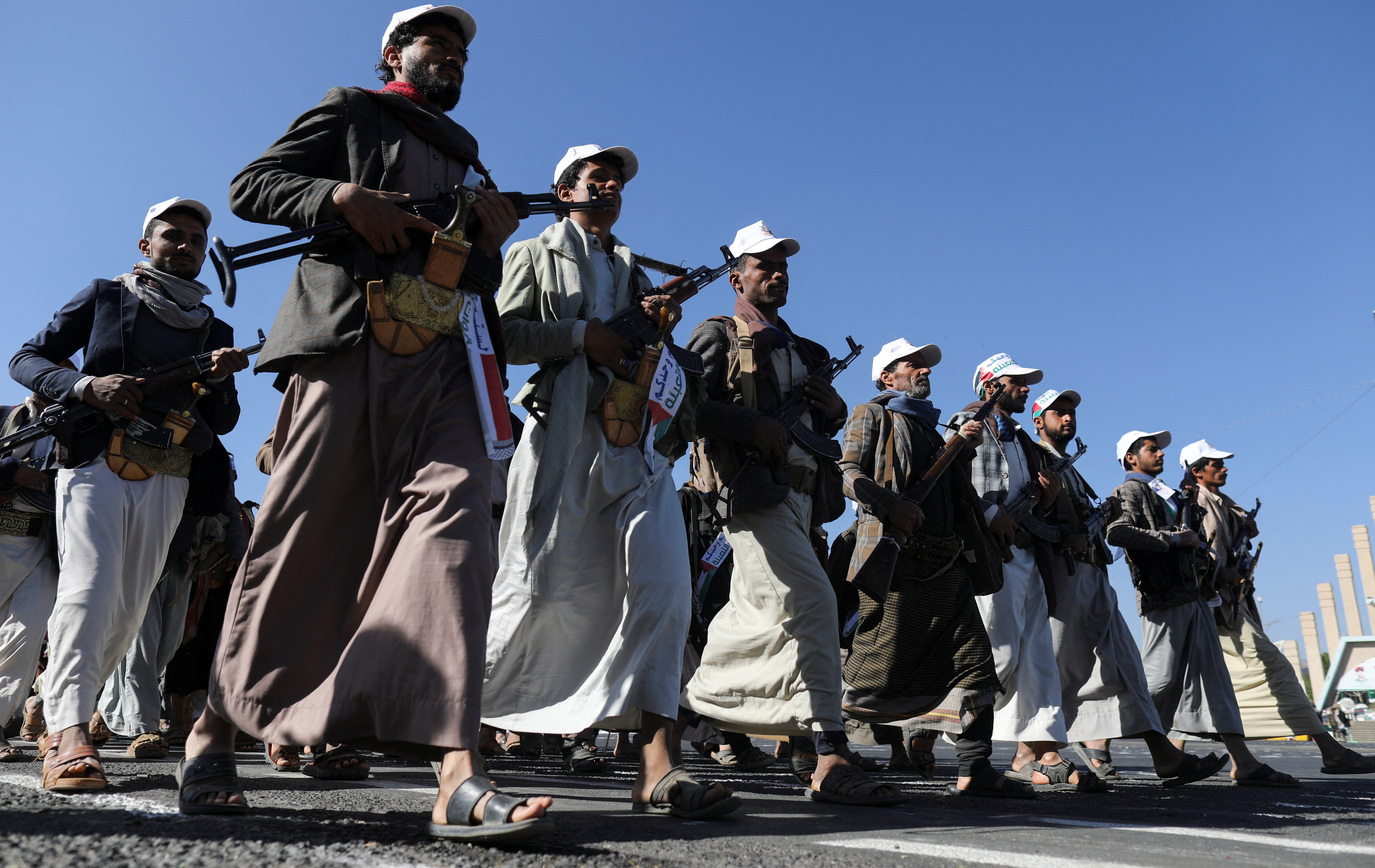Enjoy thousands more articles from 25+ trusted media partners and 10+ European countries!Subscribe now
The Gaza war and the role of the Iranian ayatollahs

The war in Gaza has not been confined to the Strip. Thanks to the support of Hamas and other groups linked to Iran, the so-called “proxies” of the Ayatollahs, Israel is being threatened from several sides.
Until now, the most important has been Hezbollah, the Party of God, which has always been a thorn in Israel's side from Lebanon. Rocket attacks from the south of the land of cedars, but also from Syria, have prompted the Jewish state's army to respond forcefully.
The IDF has already carried out raids on bases in Syria belonging to Hezbollah or groups linked to Tehran, as well as raids in the West Bank against Tehran's two other proxies in the area, Hamas and the Palestinian Islamic Jihad (PIJ). The Israeli army continues to fight against them, especially in Jenin and Nablus, but also against their affiliated groups, all of which are linked to the ayatollahs' regime: from the Saraya to the Quds and Jenin battalions; from the Balata Brigade to the Nablus Brigade; from the Yabad Brigade to the most feared, the Lions' Pit.
A terror landscape that the Israeli government is determined to eradicate at all costs. It does not matter if even minors take up guns to defend their homes, if bullets and shots fired during battles kill civilians of all ages and genders. The almost daily operations carried out by the army and the sometimes bloody and violent clashes with the locals show the Israeli interest in closing the chapter, but also the increased military power of the Palestinian groups, not only Hamas, which analysts say is strengthened and instructed by Iran.
It is no coincidence that the top leaders of Hamas and the PIJ are often in Tehran, or that Iranian representatives meet their leaders in Syria or Lebanon. In addition to “Carlo” weapons, the home-made machine guns that are widespread in many parts of the West Bank, there are M-4, M-16 and CAR-15 assault rifles. Not a few have pistols, such as the M18 and P-320. The weapons, which come from Iran via Syria, Lebanon and, above all, Jordan, are taken apart and assembled in small shops in Palestinian towns, especially in the basements and underground storerooms of the city centres of Nablus and Jenin.
The latest threat comes from the other Iran-linked group, the Houthis in Yemen. Since the war broke out in Gaza, they first launched attacks on Eilat (the Israeli coastal city on the Red Sea), which were intercepted by both Israeli and American warships, and then launched attacks on merchant ships passing through the area.
They threatened to hit all Israeli-owned ships either linked to or heading for the Jewish state. About ten were hit. Four of the world's five largest shipping companies — Maersk, Hapag-Lloyd, CMA CGM Group and Evergreen — announced they would suspend sailing through the Red Sea for fear of Houthi attacks. Oil giant BP said it would do the same, a move that sent oil and gas prices soaring.
The group is mainly targeting ships that pass through the Bab-el-Mandeb strait off the Yemeni coast on their way to the Suez Canal. A situation that has led several countries to form a naval coalition against the Yemeni group, whose intervention threatens to widen the boundaries of the conflict.
But who are the Houthis?
The Ansarallah group, or Followers of God, was founded in the 1990s by Huseein al-Houthi, who launched a Shia religious movement against Yemen's Sunni government. After being tolerated by the fledgling government of a united Yemen for at least a decade, the two factions split following the government's support for the US invasion of Iraq.
In 2004, al Houthi was killed by government forces, but this did not end his movement, which slowly grew, also with Iranian support, in an anti-Saudi key. With the Arab Spring, Yemen's President Saleh was deposed, partly because the Houthis had taken control of the north and, after a few years, parts of the capital, Sanaa.
In defence of the government, Saudi Arabia intervened in 2015 in a blitzkrieg that lasted seven years and caused what the UN called the world's worst humanitarian crisis, with more than 250,000 casualties. Since then, the Houthis have controlled the Yemeni capital and all of the north, and have continued to be strengthened by Iran, which has also increased their war capabilities.
Their descent into the field against Israel is causing a number of problems, as there is a fear that they will also draw in Tehran, which is for the time being playing with its proxies from afar. But the Yemeni group's influence in the conflict is considerable, both because of its war-making capabilities and because it has caused an increase in the cost of transporting raw materials, especially gas and fuel, that pass through the area, thus raising prices for consumers. In fact, ships have to circumnavigate the African continent to avoid the Yemeni coast, which costs more. The Israeli port of Ashdod has also seen a significant drop in traffic.


